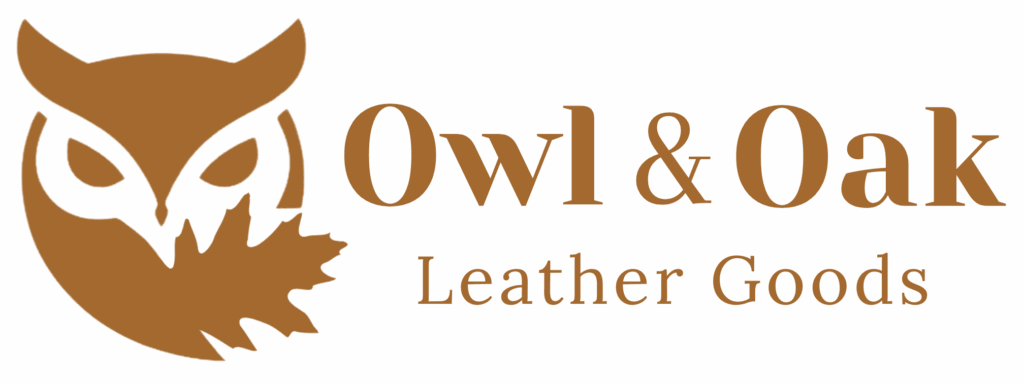Here is a quick breakdown of the different types of leather. It can be a bit confusing, especially when it comes to the word “genuine”. I hope this will lend some clarity, so you know what to look for (and/or avoid) as a consumer. A very basic piece of advice is that if it looks too uniform and a little plastic, it probably is. If it looks like it came from an animal, with evidence of veins, wrinkles, scars, brands, etc. then it is much more likely to be real leather.
Full grain leather
This is considered to be the best leather – robust, durable, and lots of character from the animal it came from. It contains the entire natural grain from right beneath the hair of the animal. This means it is super strong, will age nicely, is weather-resistant. It is the preferred leather for high-end furniture, boots and saddles. The downside is that it is usually more stiff and harder to work with.
Top grain leather
The top grain has been buffed or sanded to remove inconsistencies and flaws. It can be dyed or have other finishes added to create a consistent hide. Top grain leather is softer, more flexible and easier to work with than full grain, making it a top choice for a wide range of goods such as bags and wallets.
Corrected/Split Leather
Also known as genuine leather. While it might seem like genuine means real leather as opposed to fake, in the leather world that’s not the case. Compared to top grain and full grain leather, it is considered lower quality. It has been processed more to produce a consistent finish, sometimes with an artificial grain added on top. Split leather can be used to make suede, which is useful, but is definitely not as durable as top grain or full grain leather. It costs less to produce, is soft, bendable and more uniform.
Bonded Leather
Is reconstituted leather made from scraps that are crushed and combined with fillers. It has a fairly distinct feel. If you have ever seen cracked leather on book covers, furniture, office chairs or purses, you have seen bonded leather. It is inexpensive to make and doesn’t last. Some leatherworkers call it “leather garbage”.
Faux Leather
As the name implies, this is leather that is not made from animal skins. PVC or polyurethane are commonly used the create artificial leather. It may be preferred by some for moral reasons, however, the petrochemicals are non-renewable and non-biodegradable. In some cases, it can withstand the elements and last longer than authentic leather.
